How Gravitational Waves Might Wind Up Proving Einstein Wrong
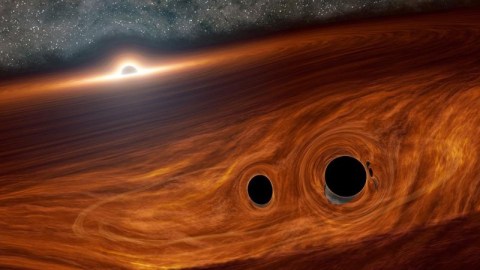
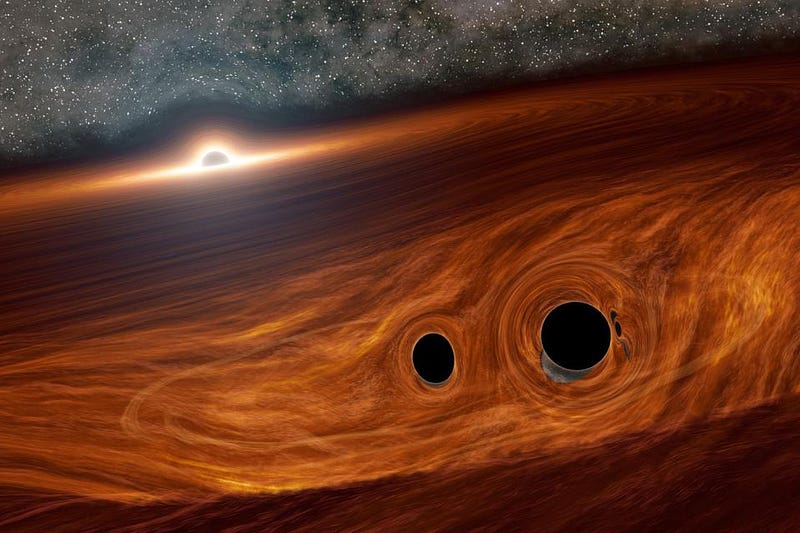
Einstein has passed every test so far. That’s why it’s so vital to keep testing it!
Over the past five years, humanity has begun to practice a wholly new type of astronomy: gravitational wave astronomy. Instead of looking at some form of light coming from the Universe — gathered with a telescope, radio dish, antenna, or some other equipment sensitive to electromagnetic radiation — we’ve instead built specialized gravitational wave detectors that can detect and characterize the ripples in spacetime produced by masses spiraling into, merging with, and ringing down from interactions with one another.
On September 14, 2015, our knowledge of the world forever changed with the first direct detection of gravitational waves from merging black holes. Since that event, some ~60 additional gravitational wave signals have been seen, including not only merging black holes, but merging neutron stars as well. The past five years have validated Einstein as never before, proving many of General Relativity’s predictions right. Over the next few years, gravitational waves will have an unprecedented opportunity to put our theory of gravity to the test as never before. Although you should never bet against Einstein, new ways of probing the Universe always have an opportunity to show us that it doesn’t behave how we might have expected. Here’s how gravitational waves might wind up proving Einstein wrong.
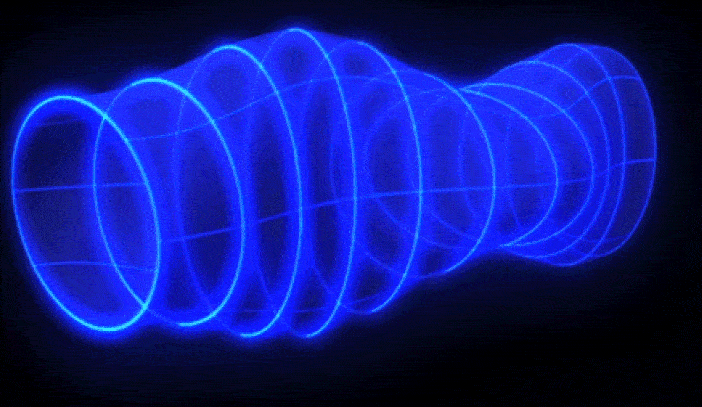
According to General Relativity, gravitational waves arise as an entirely new type of radiation, separate from anything known before. Whenever a mass accelerates through a region of curved space, or whenever a constantly moving mass moves through a region of space where the curvature is changing, the changes to the curvature of space generate ripples, similar to water ripples whenever a raindrop falls into a pond. These ripples, however:
- don’t require a medium to travel through; simply the fabric of space is enough,
- carry energy away from whatever system generated them,
- and travel exactly at the speed of light.
Up until 2015, this was all theory, with only indirect tests available to confirm small aspects of this. But the advances made in laser interferometry, as originally leveraged by the LIGO collaboration and later joined by Virgo, enabled us to detect the ripples in space as gravitational waves passed through the Earth. These waves, indeed, passed through Earth at the speed of light, alternately stretching-and-compressing space in perpendicular directions, enabling us to “see” these gravitational waves for the first time.
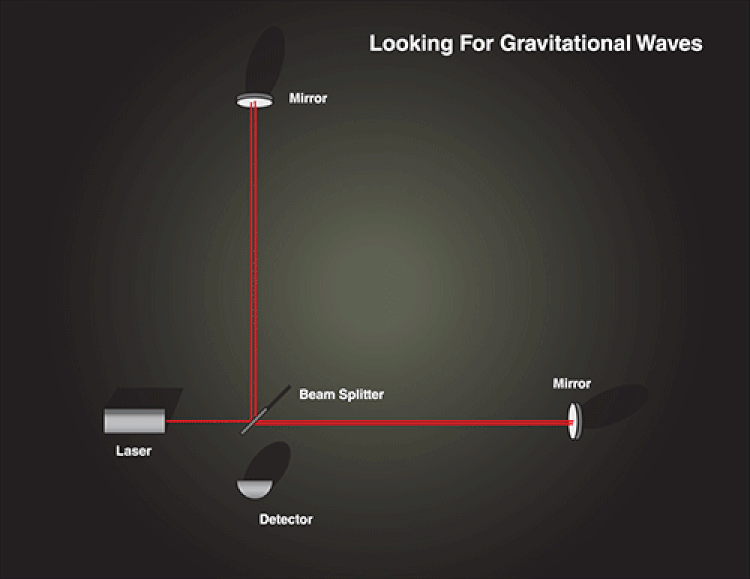
As the waves passed through the Earth, the stretching in one direction caused light to require a little bit more time to traverse it, while the compressing in the perpendicular direction reduced the light-travel-time by an equivalent amount. With slight changes in the length of each laser arm in the presence of a gravitational wave, the interference pattern that the light traveling in these interferometer arms creates gets altered by a tiny bit. By observing the patterns that change in multiple detectors, we can reconstruct properties of not only the sources that created these waves, but the waves themselves.
In addition, a now-famous 2017 event revealed the merger of two neutron stars, where gravitational waves arrived in a burst, and then just 1.7 seconds after that burst ended, the first light signal arrived. Finally, we could measure the speed of gravity to unprecedented precision, and found that it equaled the speed of light to 1 part in ~10¹⁵. The speed, frequency, amplitude, and energy of these gravitational waves, to the best of our measurement abilities, agreed perfectly with what Einstein predicted.
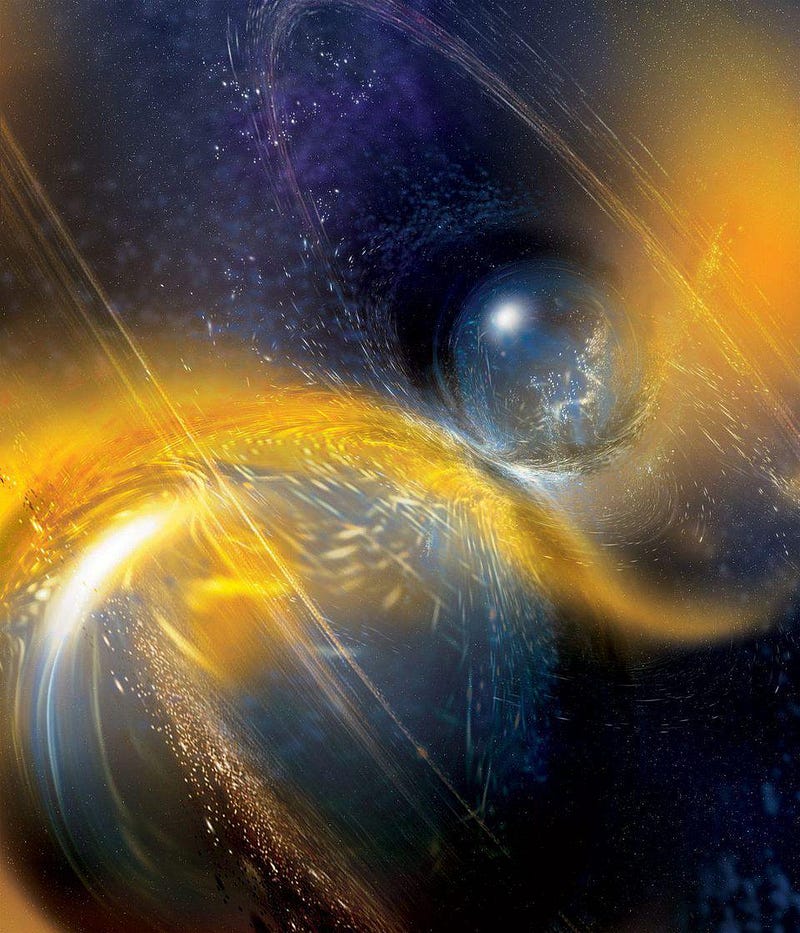
But each time we measure something new — to greater precision, for longer durations, at increased sensitivities, in a new frequency range, for a novel class of objects, etc. — there’s a chance that what we see will take us beyond known physics. While Einstein’s General Theory of Relativity is purely a tensor theory, where the presence of matter and energy alone tells space how to curve, and the curvature of space alone tells matter and energy how to move, there are other possibilities.
There could be either a scalar and/or a vector component to gravity as well, which many attempted extensions to or modified theories of gravity introduce. While General Relativity predicts that the speed of gravity must always equal exactly the speed of light, many of these alternative theories of gravity incorporate an intriguing set of possibilities for something different. As it turns out, detailed observations of black hole-black hole mergers, to even greater sensitivities than we’re capable of measuring right now, might be exactly what finally takes us beyond Einstein.
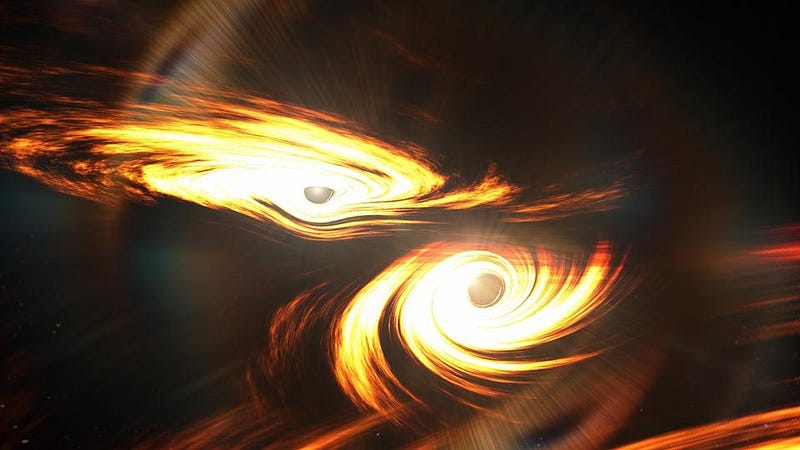
To understand how this could work, let’s start by thinking about something far more familiar: light. When we observe light from any source in the Universe, we see that it comes in a variety of energies, which correspond to a variety of wavelengths and frequencies. However, light, if it travels through a vacuum, is always an electromagnetic wave, meaning it generates alternating electric and magnetic fields as it speeds through the Universe. Additionally, light of all wavelengths and energies, so long as it travels through the vacuum of space, always moves at exactly the same speed: the speed of light.
If you were to take all of the light in the Universe from a particular source and measure each individual quantum of energy, you’d find that the light could actually be decomposed into a combination of two different polarizations: clockwise and counterclockwise. In the vacuum of space, without any matter or other sources of energy to interfere with it, all forms of light travel at exactly the same speed, regardless of energy, wavelength, intensity, or polarization.
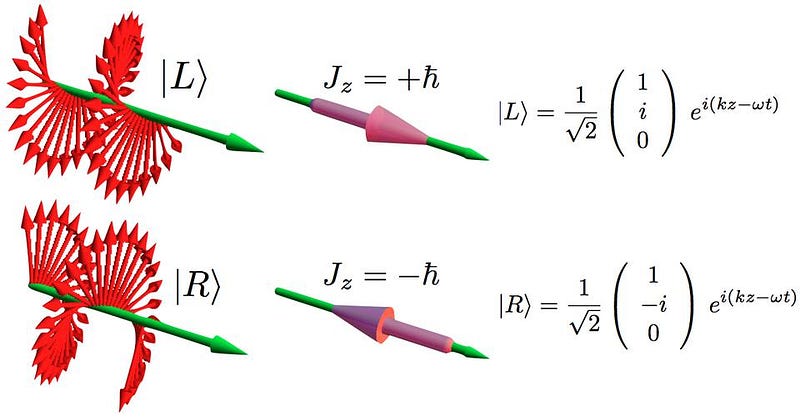
However, there are a few different things you can do to that light on its journey to us to change its behavior. You can reflect it off of matter, which can either fully or partially polarize the light: making it asymmetric between clockwise and counterclockwise polarizations. You can pass it through a region of severely curved space, which will cause a gravitational time delay, and runs the chance of deflecting, distorting, and magnifying the light in a spectacular example of gravitational lensing.
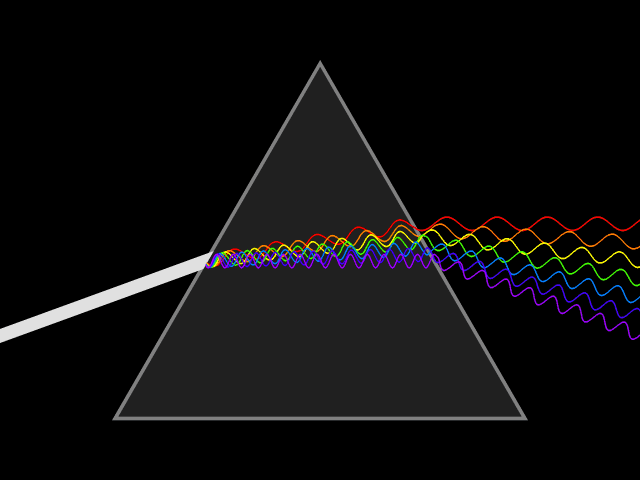
But you can also pass the light through an actual optical lens, like a prism. Whenever it travels through a medium, rather than the vacuum of space, the speed that light travels at drops, and it drops more for light of higher energies. As a result, blue light bends more than red light when it enters water droplets, creating the natural rainbows seen in Earth’s atmosphere. In addition, some materials are sensitive not only to the wavelength of light, but also the polarization, creating the spectacular effect of birefringence.
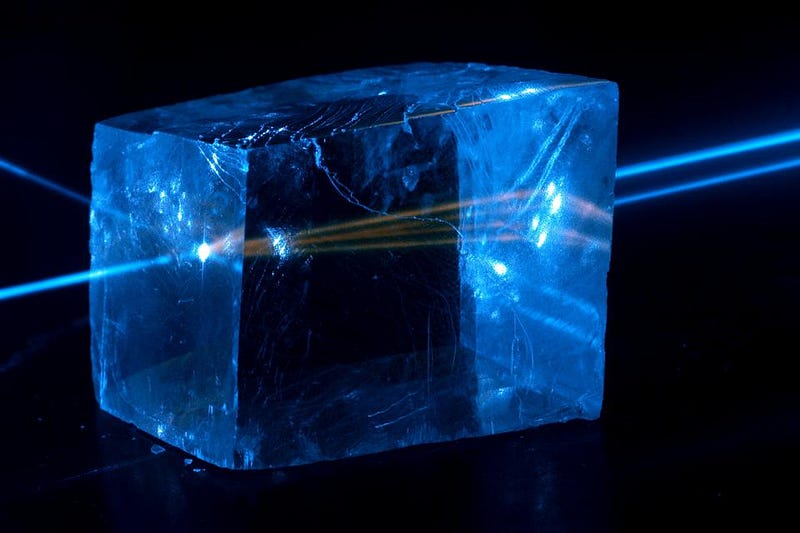
Now, let’s move away from electromagnetic waves and come back to gravitational waves. Unlike light, gravitational waves don’t care about matter in any way. You can pass gravitational waves through the vacuum of space, through a lens, prism, or other material, or even through the solid Earth itself, and they will continue to propagate at the speed of gravity. They are unaffected by matter in all ways except one: they care about how matter-and-energy causes the fabric of space to curve.
Just like light, gravitational waves ought to move at the speed of gravity, which should equal the speed of light. This should be true always and constantly, irrespective of the gravitational wave’s energy, wavelength, intensity, or polarization. Just like light, gravitational waves have two polarizations, but instead of being “clockwise” and “counterclockwise,” they’re known as “plus” (+) and “cross” (×), with the directions of stretching-and-compressing rotated at 45 to one another for the two polarizations. The orientation of a gravitational wave detector with respect to the wave itself determine how much of the wave is + and how much is ×, with every wave being a combination of both.
If General Relativity is exactly correct, none of these properties matter; gravitational waves will always move at the speed of gravity, and will all be affected equally by the curvature of space that they pass through.
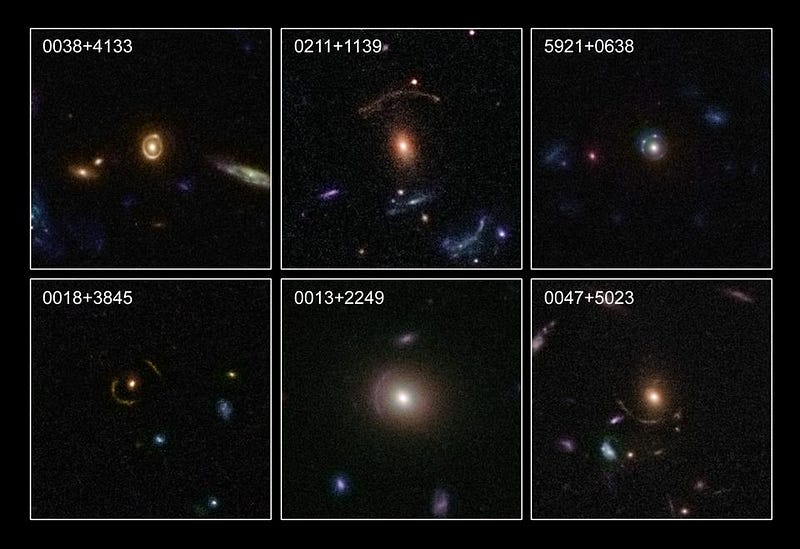
However, if gravity has either a scalar or vector component to it — like many, perhaps even most modifications to General Relativity bring into the equations — all of a sudden, the speed of gravity may not always be the same for every gravitational wave. In a fascinating new paper, scientists Jose María Ezquiaga and Miguel Zumalacárregui have worked out the details of how curved space will affect gravitational waves differently if General Relativity is not the full story.
Remarkably, in a large class of theories that involve a scalar component to gravity in addition to the standard tensor component, they found that the two polarizations, + and ×, will move at different speeds where space is strongly curved. If there’s a large mass nearby a pair of merging black holes, such as a supermassive black hole, or a massive galaxy, quasar, or galaxy cluster along the line-of-sight to the merging black holes, then we should see a doubled-up signal. If the + polarization moves faster, then it arrives first, with the × polarization arriving later. If we see either a repeat of a detected signal, or a signal that has two identical components that overlap — creating a sort-of scrambled signal — we should immediately be able to identify it. This isn’t dependent on any property of the signal itself, but rather our detectors and how they’re oriented with respect to it. With three independent gravitational wave detectors operating right now, and at least two more on the way, different detectors will observe different ratios of + and × polarizations.
It would be an unmistakable signature that Einstein wasn’t right, after all, and that gravity is more complicated than General Relativity has led us to believe.
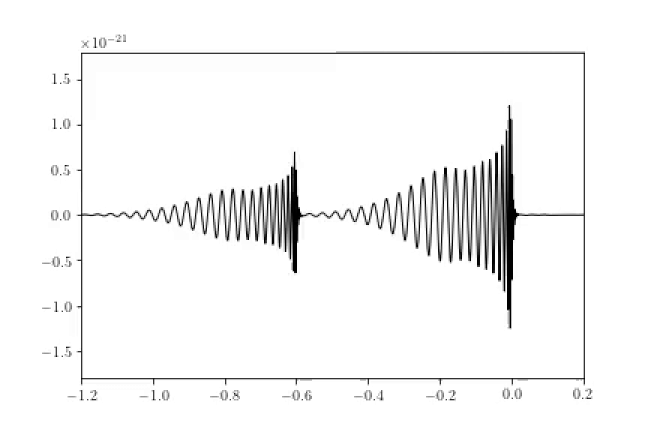
In most cases in General Relativity, where distances are large and gravitational fields are relatively weak, we can simply take the Newtonian limit and add back the first correction from relativity: what we call “leading order” approximations. But where gravitational fields are strong — like in the vicinity of merging black holes — we need to do more. A more accurate approximation involves looking at “next to leading order” and the creatively named “next to next to leading order” terms, and leveraging that analysis showcases another possibility: that gravitational waves might get slowed down and bend differently dependent on their wavelength!
When a gravitational wave event occurs from two black holes inspiraling and merging, there are actually three phases: the inspiral, the merger, and the ringdown. Just before the merger begins, the frequency and amplitude of the gravitational waves generated by the inspiral phase increases (and the wavelength decreases), with both rapidly changing immediately following the merger as well, during the ringdown phase. Just as a prism or lens can bend light of different wavelengths by different amounts, a gravitational lens could conceivably bend and slow gravitational waves of different wavelengths by different amounts. As we continue to observe more and more gravitational wave events, it’s only a matter of time before one of them occurs near a region of strong spatial curvature, providing a chance to put Einstein to the test as never before.
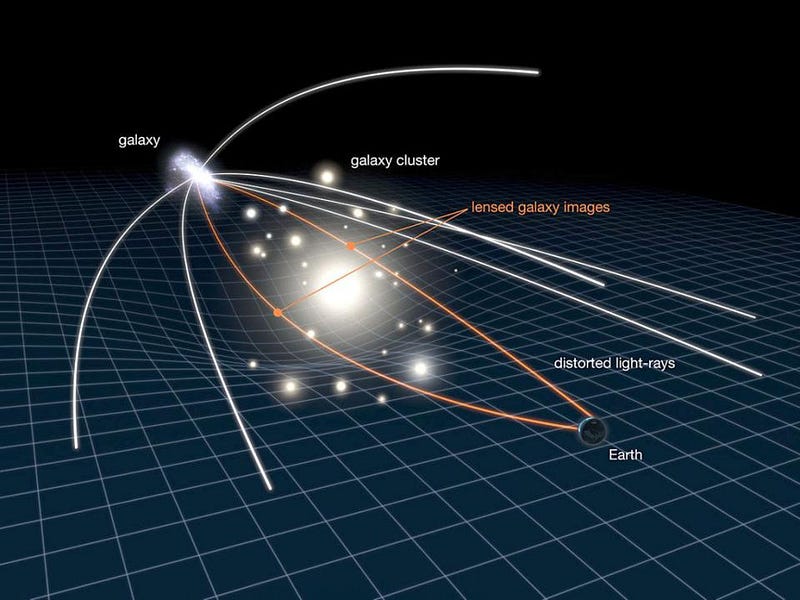
Over the coming years, the twin LIGO detectors and the Virgo detectors will not only be upgraded numerous times, increasing their sensitivity and their range, revealing even greater event rates than the impressive observations have done already, but they’re going to be joined by at least two more detectors: KAGRA in Japan and LIGO India. With additional detectors online, each oriented in a unique three-dimensional configuration, it’s only a matter of time before an event occurs that puts Einstein to this unprecedented test. If a gravitational wave signal experiences a strong gravitational lensing effect, differences in the speed of gravity between various wavelengths or polarizations could be revealed even if they’re thousands of times smaller than the limits we’ve presently set today.
Whenever you have the opportunity to test your well-established laws of nature in an entirely novel way, you have to take it. The only way advances in physics truly occur is when we have experimental or observational results that are decisive and unambiguous. If Einstein’s General Relativity isn’t the full story of gravity, it’s worth looking everywhere we can to try and reveal any cracks in arguably the most successful physical theory of all-time. The coming explosion of gravitational wave events during this decade and the next will either at last take us beyond Einstein, or will prove that Einstein was right in an entirely new realm.
Thanks to Miguel Zumalacárregui for helpful discussions concerning these phenomena.
Starts With A Bang is written by Ethan Siegel, Ph.D., author of Beyond The Galaxy, and Treknology: The Science of Star Trek from Tricorders to Warp Drive.





